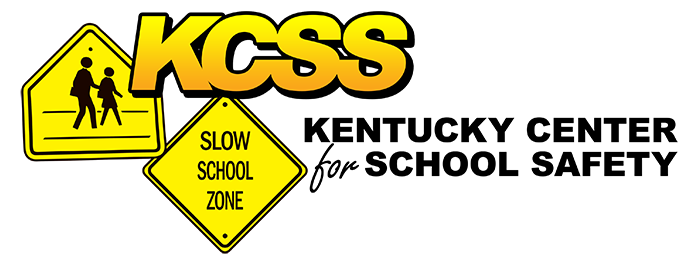In order to maintain a listing of current model programs for dropout prevention, the National Dropout Prevention Center has created a database of research-based programs and information. The Model Programs Database is a searchable database of research-based programs and information. The database is available for schools, organizations, and other programs to review for opportunities to implement specific model programs, to enhance existing programs, or for inspiration on creating new initiatives for dropout prevention, intervention, or reentry/recovery. The rating scale for the programs selected for the database of Model Programs is based on the evaluation literature of specific prevention, intervention, and recovery programs.
